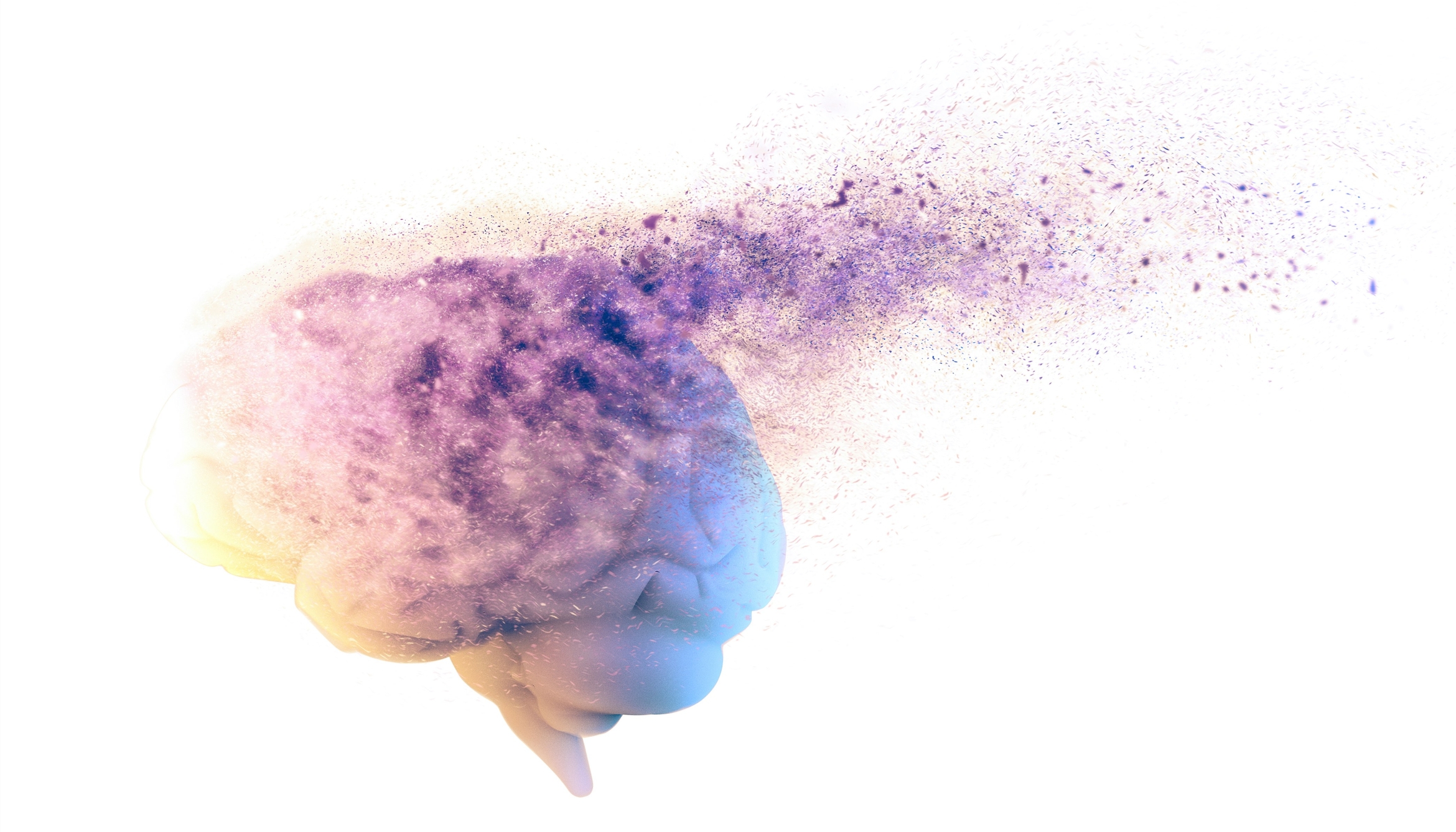What's Current in
Science + Technology
Image
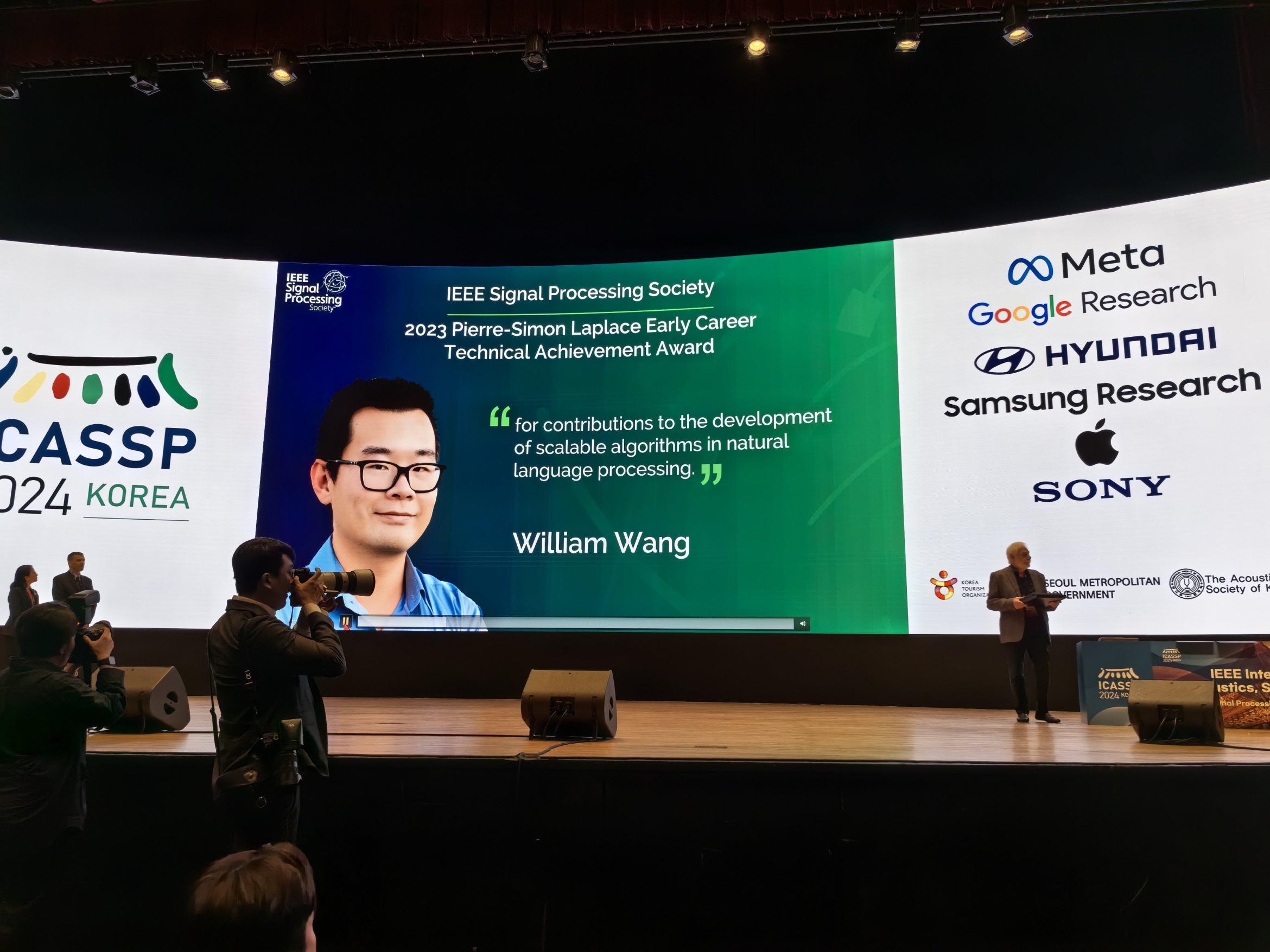
Photo Credit
Courtesy photo
Image
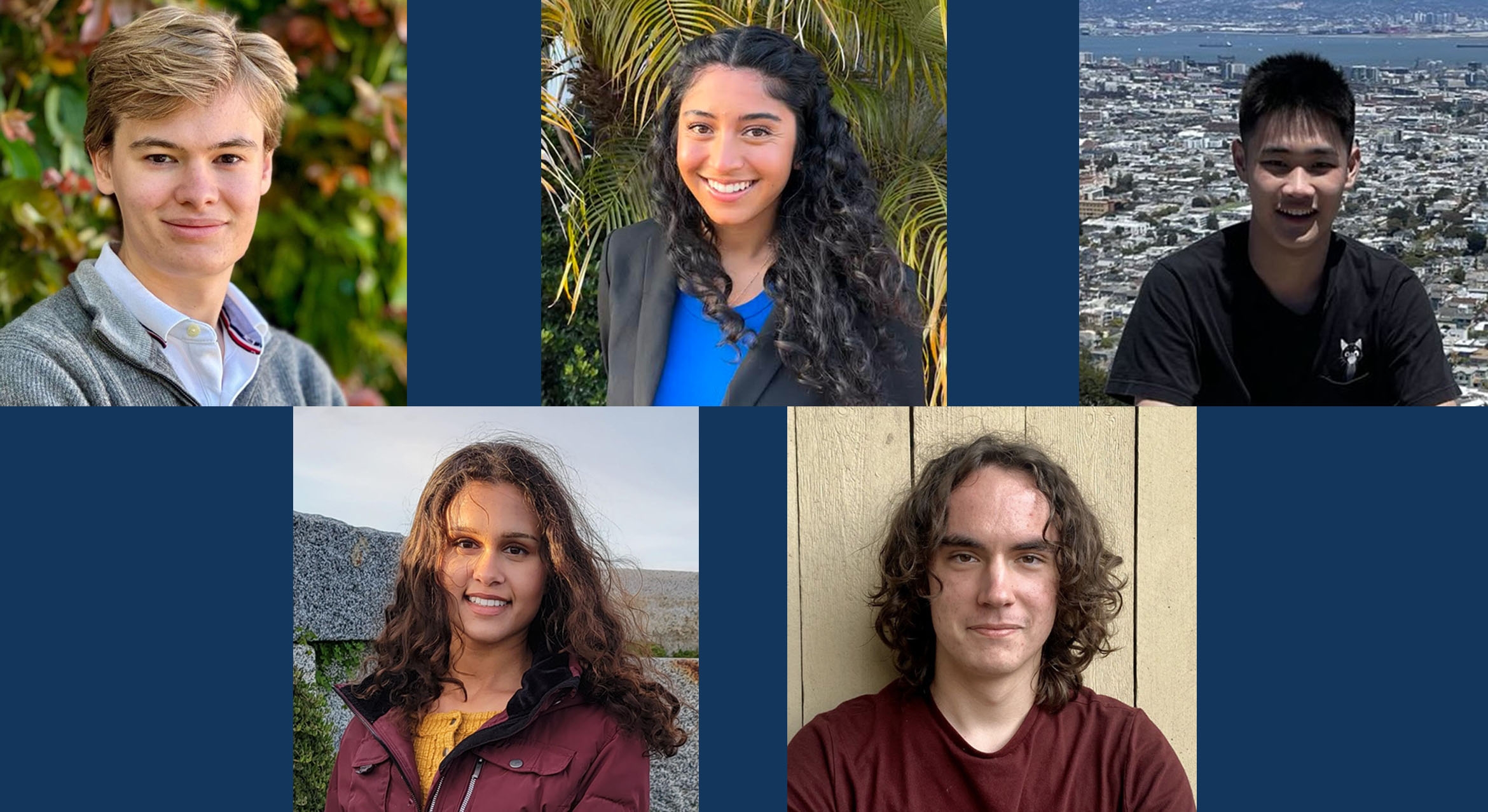
Clockwise, from left: Matthew Unger, Riya Nilkrant, Xuanwei Liang, Isaac Hair, Anika Jena
Image

Photo Credit
NOAA Northeast Fisheries Science Center/Lisa Conger and Elizabeth Josephson
North Atlantic right whale mother and calf as seen from a research drone called a hexacopter
Image

Photo Credit
Sonia Fernandez
The CoastSnap cradle on the steps to East Campus Beach
Image
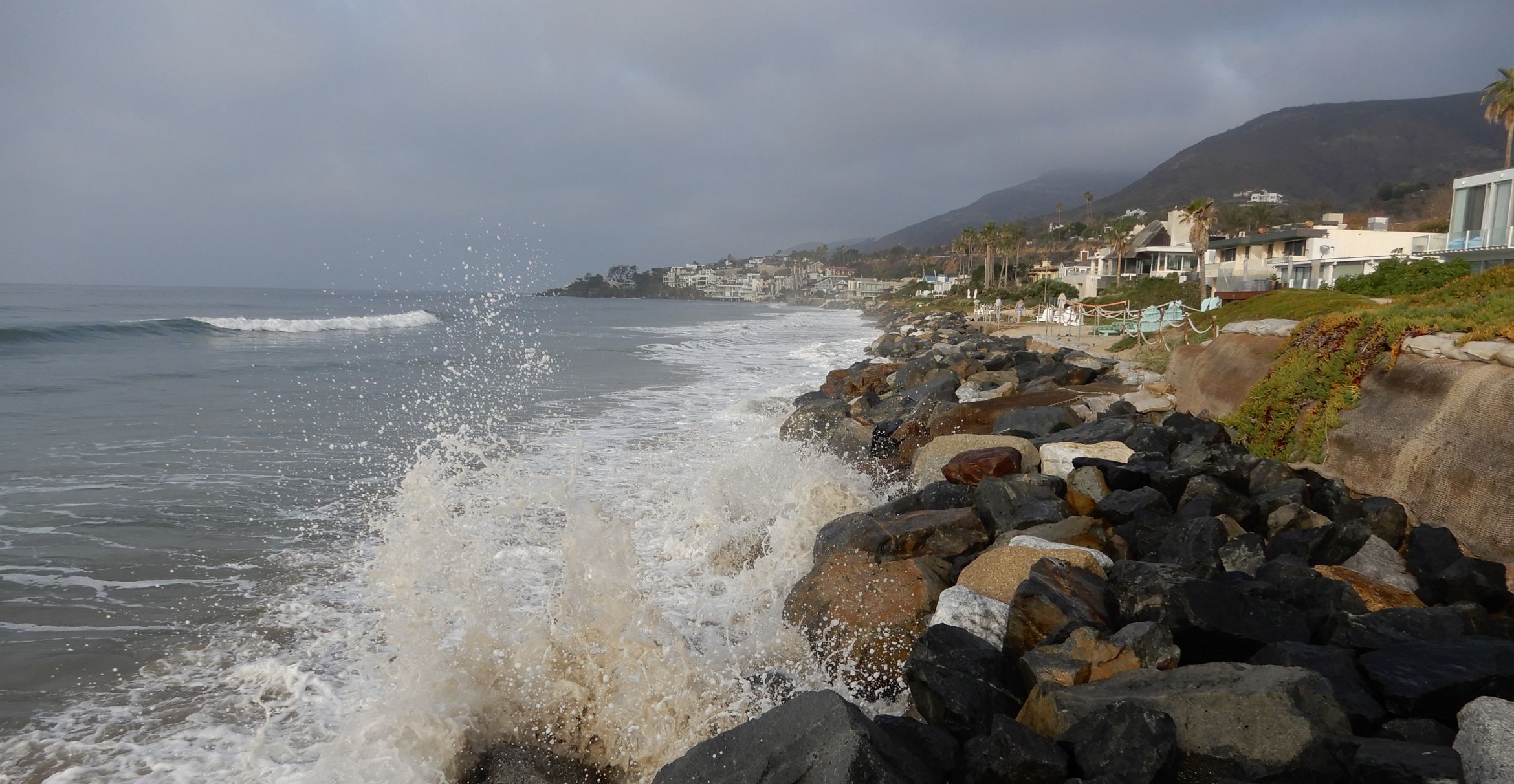
Photo Credit
Charles Lester
The ocean is advancing on California, and we need to determine how we will respond.
Image
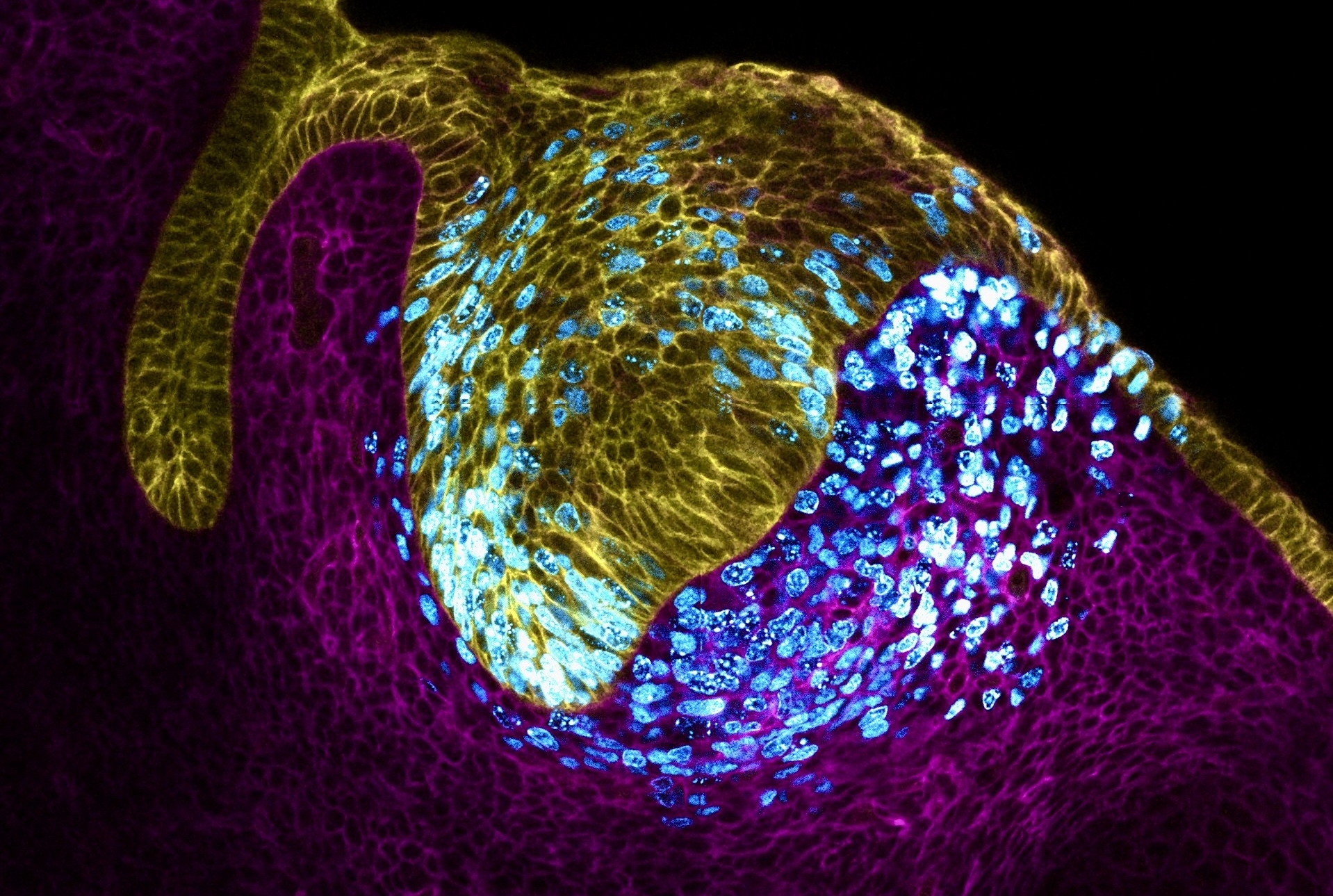
Photo Credit
Neha Pincha Shroff and Pengfei Xu
Tooth epithelium (cell surface; yellow) and mesenchyme (cell surface; magenta). Proliferating cells (cyan) expand the tissue, generating a mechanical pressure at the tissue center that drives the formation of the main tooth signaling center or organizer, the enamel knot.
Image
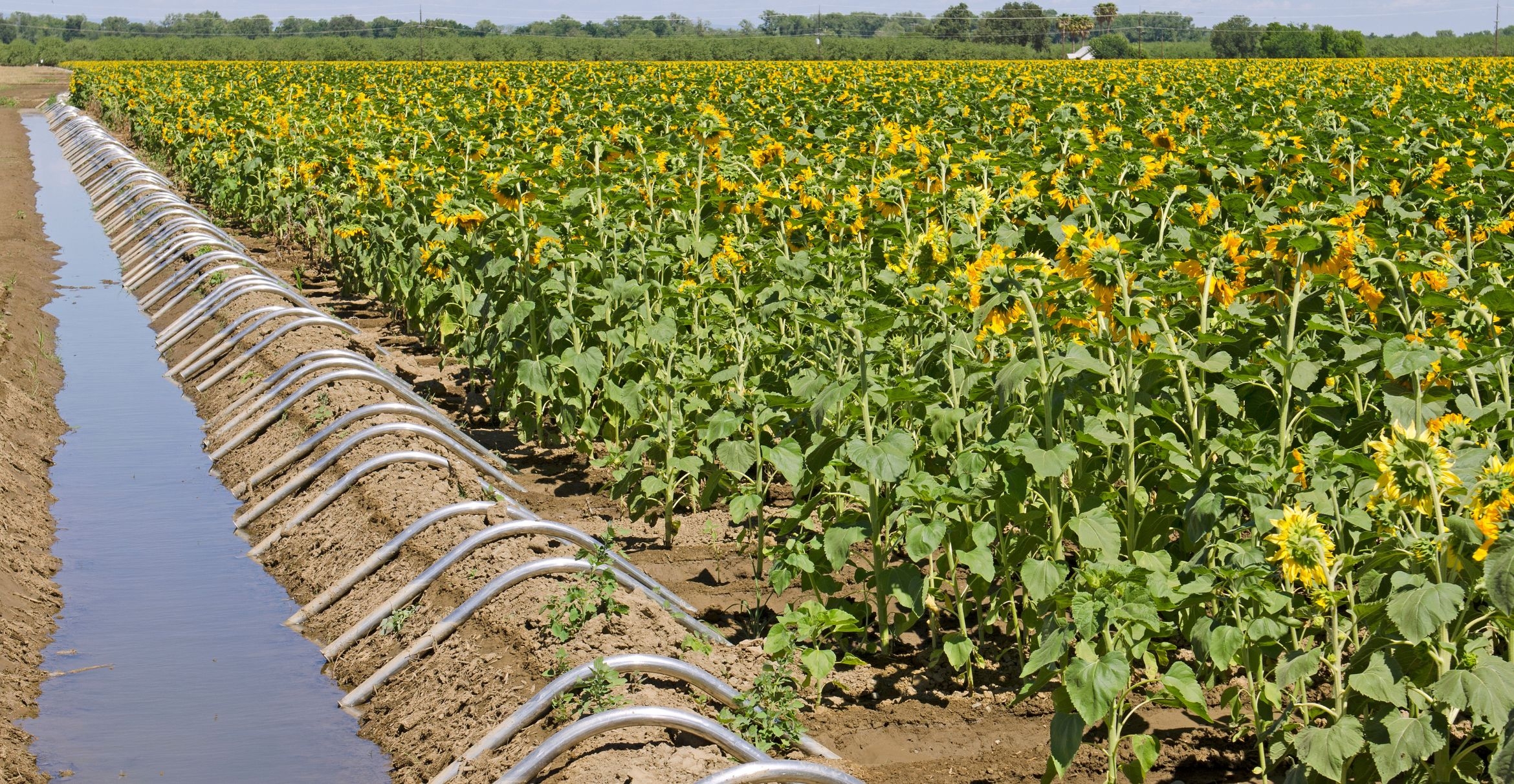
Photo Credit
Tfoxfoto via iStock
Tweaks to farming practices could preserve some of California’s declining water resources.
Image
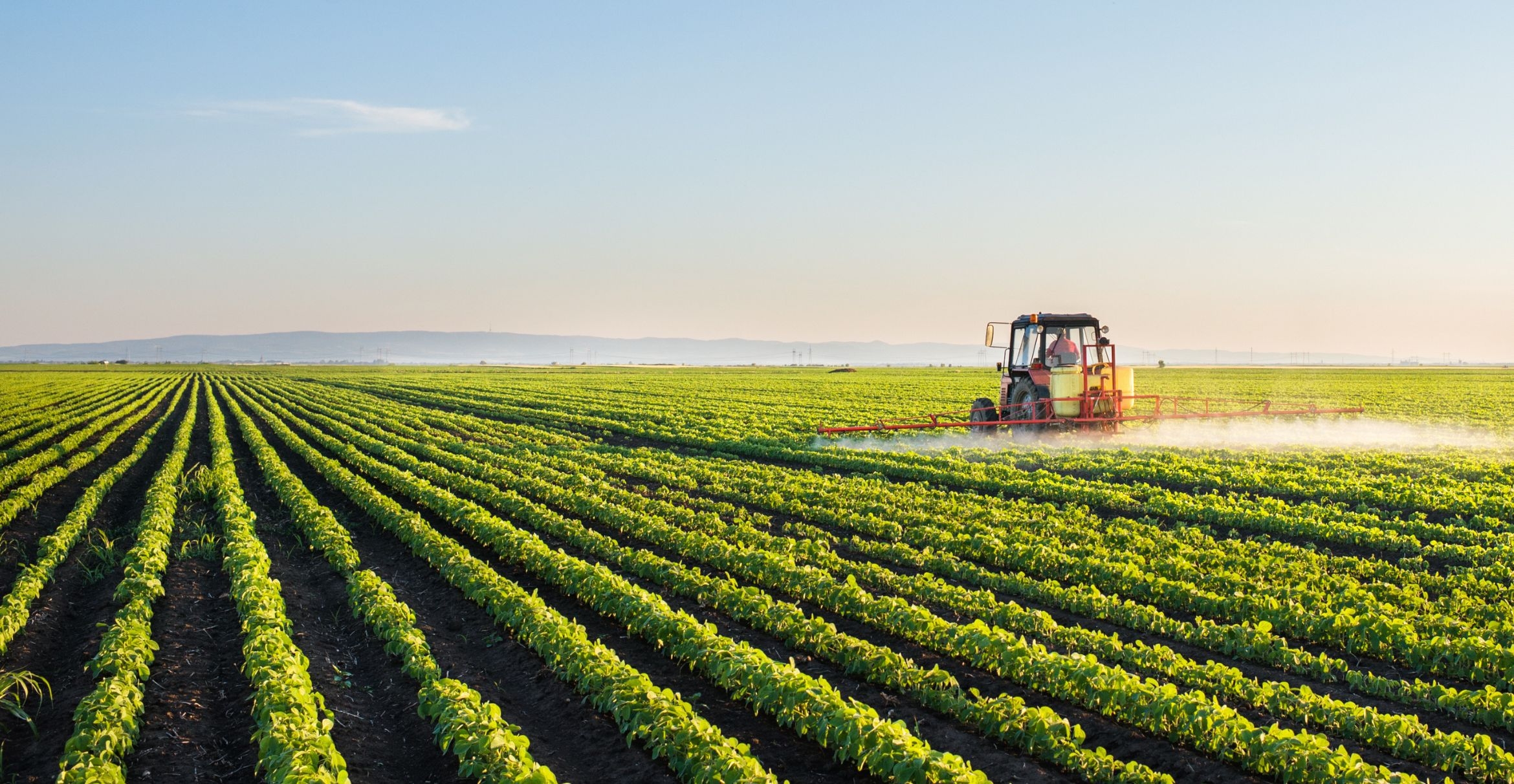
Photo Credit
Fotokostic vi iStock
Organic farming practices can increase pesticide use in neighboring, non-organic fields.
Image
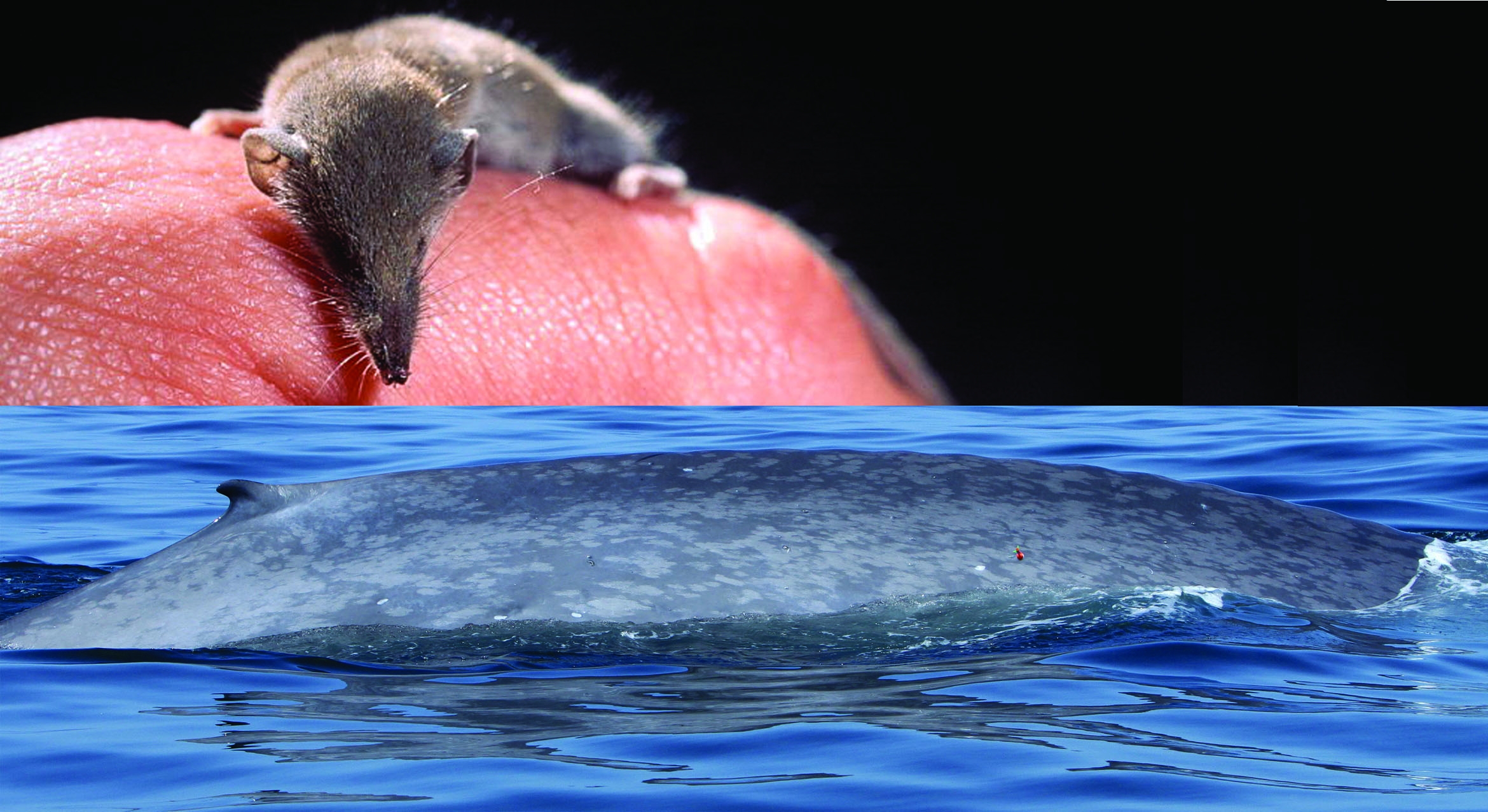
Photo Credit
Shrew: Trebol-a/CC BY-SA 3.0 Whale: Jeff Jacobsen
Image

Photo Credit
iStock \ hrui

